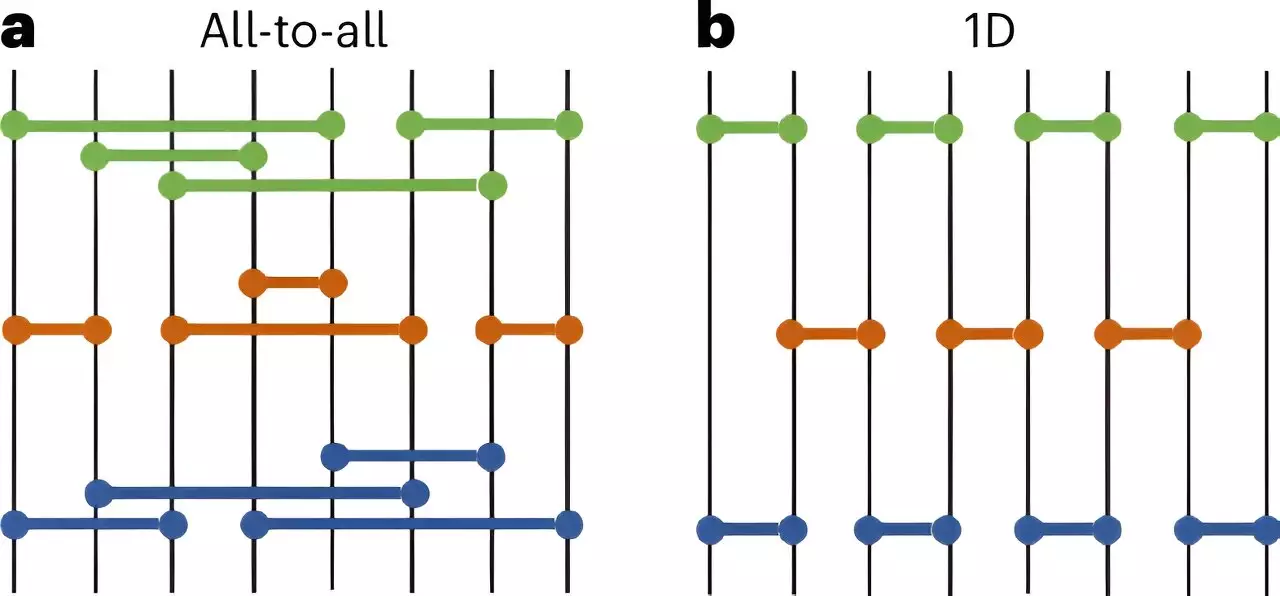Quantum error correction has emerged as a crucial aspect of quantum computing as researchers strive towards enhancing the accuracy and reliability of quantum systems. The recent breakthrough in quantum error correction, detailed in a study published in Nature Physics on September 3, 2024, sheds light on a new way to distinguish between nontrivial and trivial quantum error correction codes. This discovery marks a fundamental progress in understanding quantum systems and opens up avenues for future applications in quantum computing, condensed matter, and quantum gravity.
Researchers Jinmin Yi, Weicheng Ye, Daniel Gottesman, and Zi-Wen Liu, supported by Perimeter, have made a significant contribution to quantum error correction by establishing a mathematically rigorous connection between Approximate Quantum Error Correction (AQEC) code properties and the complexity of quantum circuits. This connection allows scientists to assess the precision level of quantum codes and differentiate between acceptable and unacceptable codes based on a physically meaningful dividing line. Dr. Daniel Gottesman emphasizes the importance of this new boundary line in providing insights into the fundamental workings of quantum systems.
The implications of this new development extend across various fields of study, including condensed matter and quantum gravity. Researchers studying topological order, which delves into the properties of quantum materials such as fractional quantum Hall states and superconductors, can now better understand the relationship between entanglement conditions and code properties. This newfound understanding offers potential for future research and exploration into unique quantum materials.
The study of AQECs has also unveiled intriguing insights for scientists aiming to bridge the gap between quantum mechanics and Einstein’s theory of general relativity. By evaluating AQECs using subsystem variance, researchers have identified certain Conformal Field Theory systems that show promise in integrating with gravitational descriptions. These initial results pave the way for further exploration into the compatibility of quantum mechanics and general relativity, offering potential solutions to one of physics’ longstanding challenges.
The discovery of a new way to differentiate between nontrivial and trivial quantum error correction codes represents a significant advancement in the field of quantum computing. The research conducted by Jinmin Yi, Weicheng Ye, Daniel Gottesman, and Zi-Wen Liu holds promise for unlocking new possibilities in quantum technology, condensed matter physics, and quantum gravity. By bridging the gap between theoretical concepts and practical applications, quantum error correction continues to play a crucial role in pushing the boundaries of scientific knowledge and technological innovation.



Leave a Reply